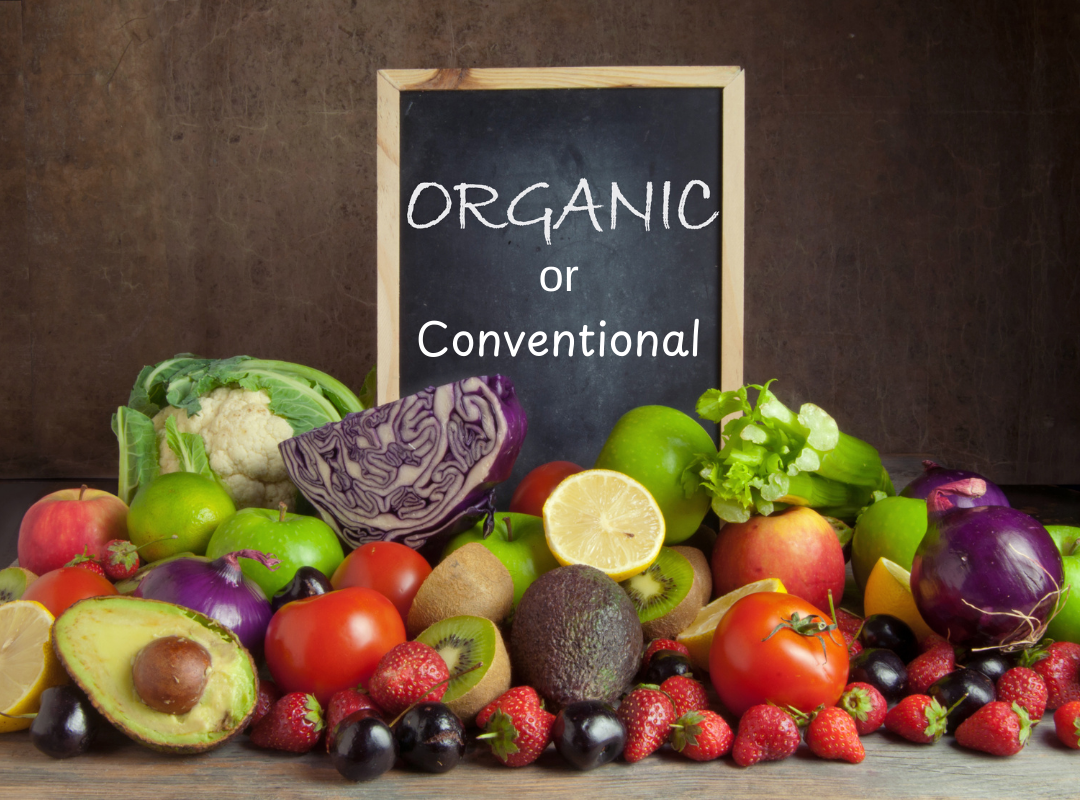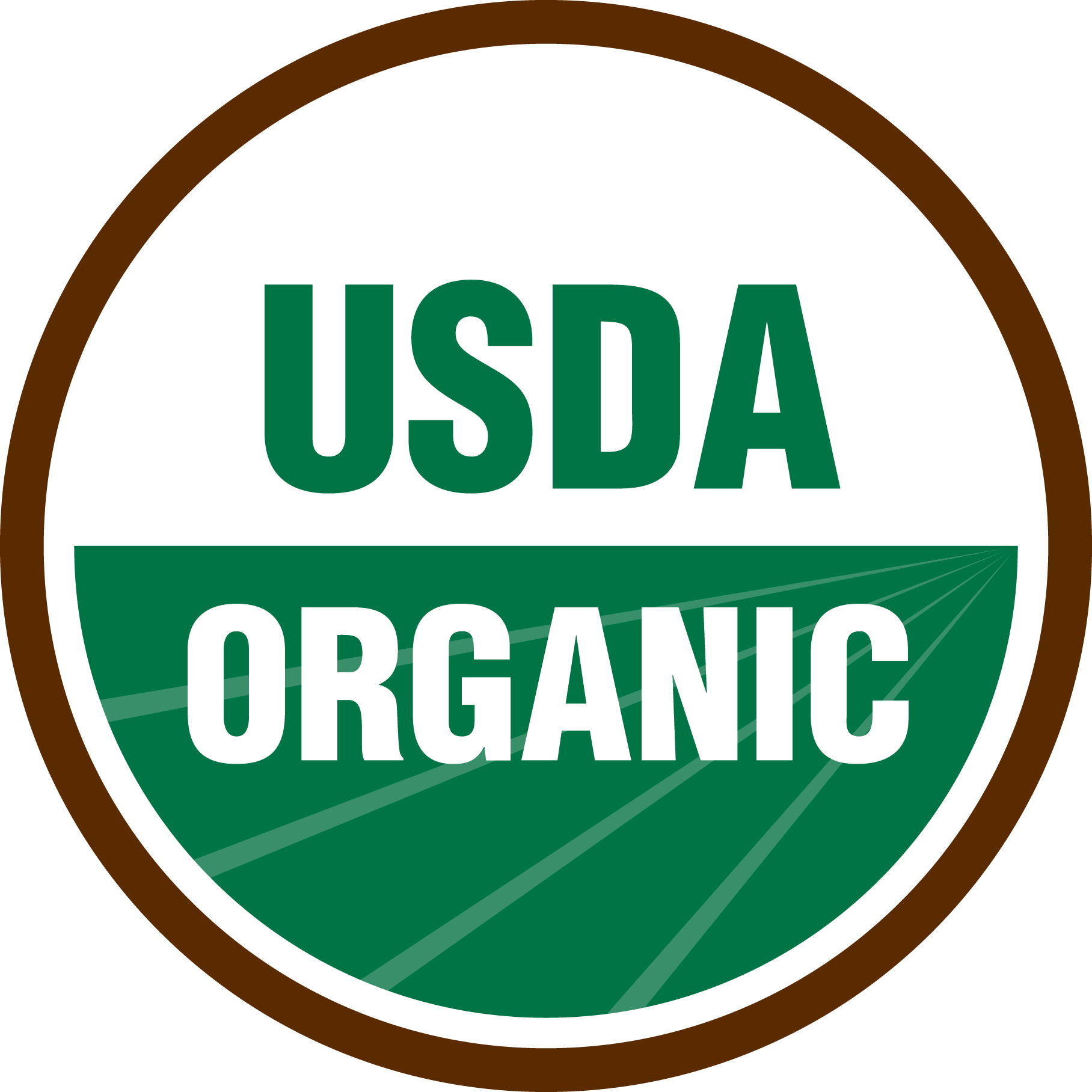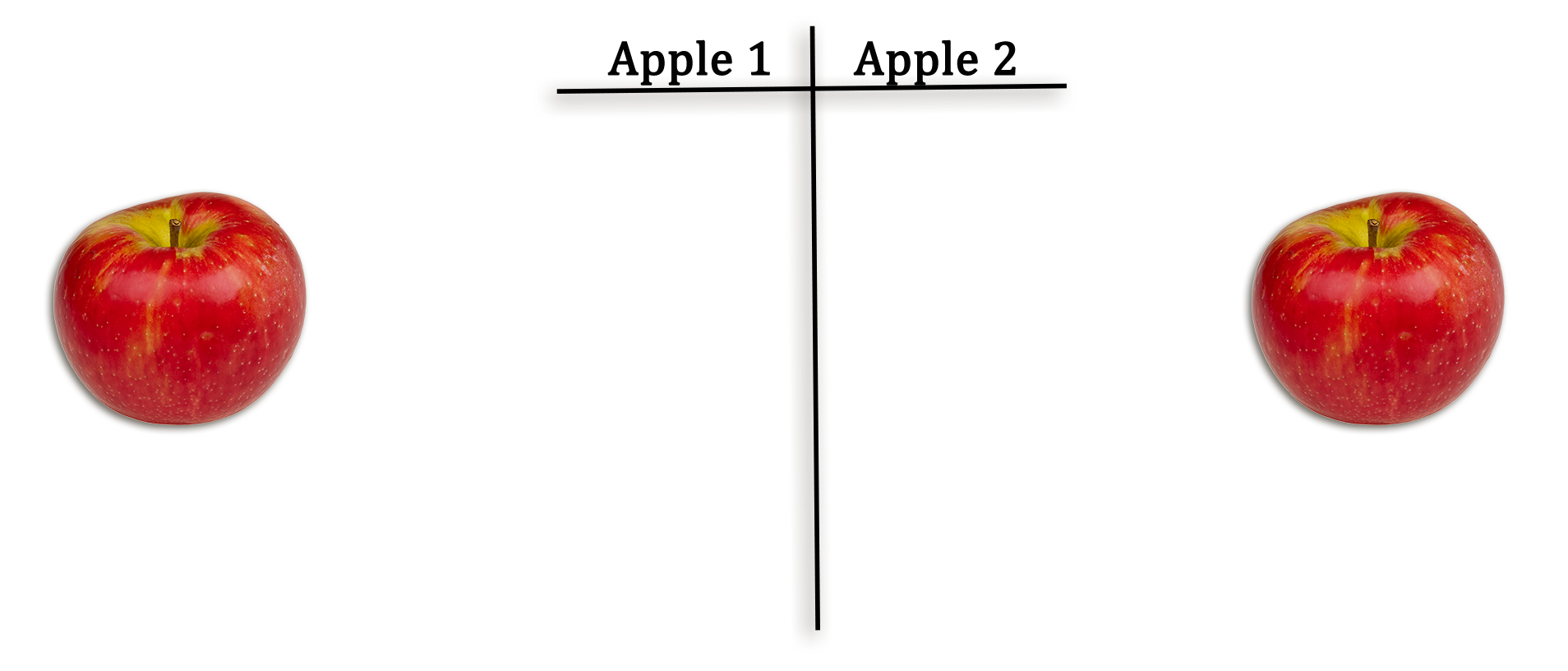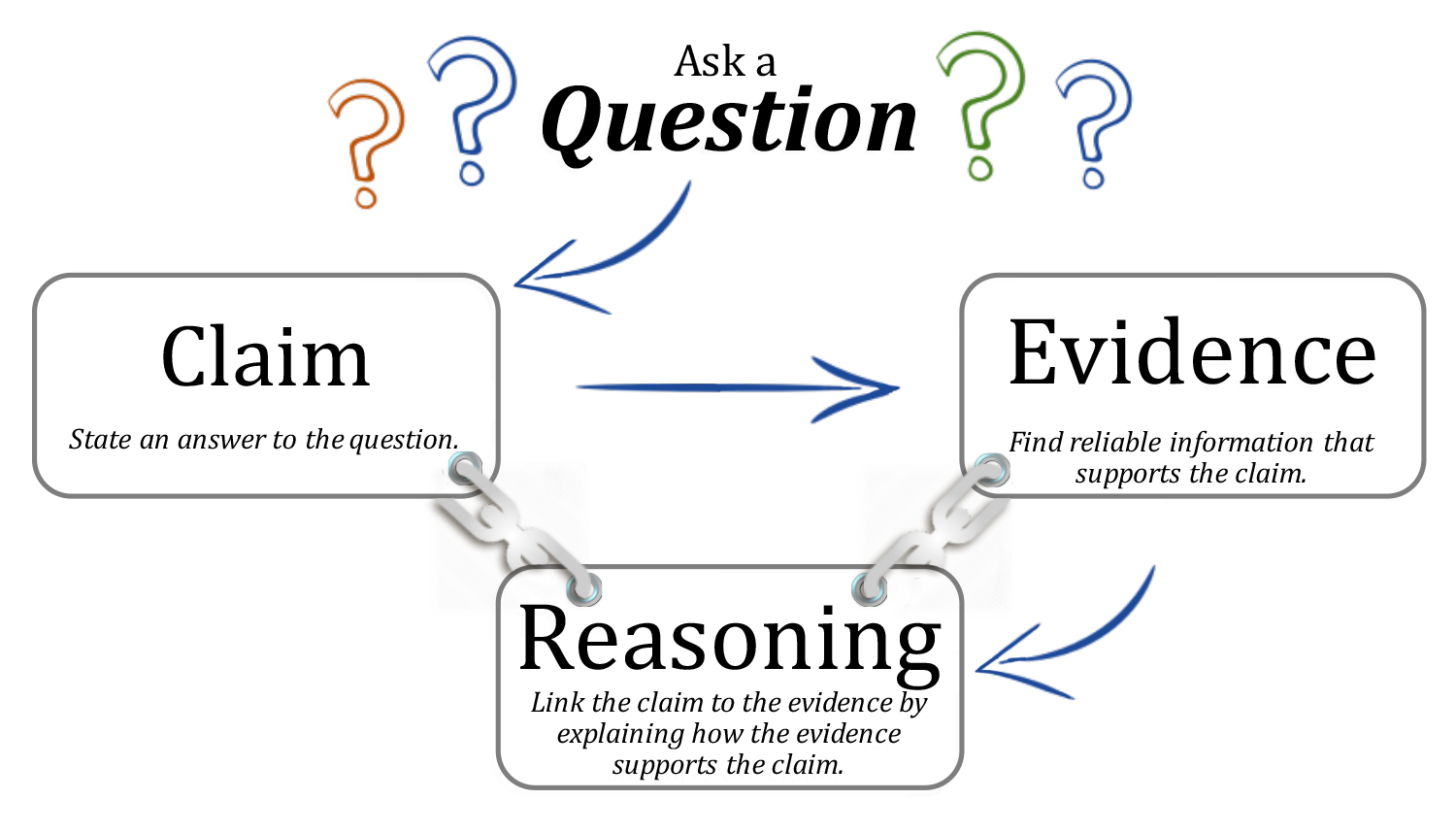What's the Difference? A Look at Organic and Conventional Foods
Using the claim, evidence and reasoning model, students will compare and contrast organic vs conventionally produced foods to discover the differences and similarities of each farm production style.

Background
Lesson Activities
Recommended Companion Resources
Credits
Author
Andrea Gardner, Janina Szymanowski, and Kari Brown | National Center for Agricultural Literacy (NCAL) and Syngenta STEM Summer Fellowship Program
Sources
This lesson was adapted using materials prepared as part of the Syngenta STEM Summer Fellowship Program.
- https://www.ers.usda.gov/topics/natural-resources-environment/organic-agriculture/organic-market-overview.aspx
- https://www.ers.usda.gov/topics/natural-resources-environment/organic-agriculture/
- https://www.health.harvard.edu/staying-healthy/should-you-go-organic
- https://www.safefruitsandveggies.com/regulations/organic
- http://www.mayoclinic.com/health/organic-food/NU00255
- http://www.epa.gov/pesticides/food/organics.htm
Standards
National Content Area Standards
- Career & Technical Education
- FCSE (Grades 6-8): Nutrition and Wellness 14.0
- 14.1.2: Investigate the effects of psychological, cultural, and social influences on food choices and other nutrition practices.
- 14.4.3: Analyze how changes in national and international food production and distribution systems influence the food supply, including sustainability, organic food production and the impact of genetically modified foods.
- 14.5.2: Analyze how the scientific and technical advances in food processing, storage, product development, and distribution influence nutrition and wellness.
- FCSE (Grades 6-8): Nutrition and Wellness 14.0
 The word "organic" on a food label refers to the way farmers grow and process agricultural products such as fruits, vegetables, grains, dairy products and meat.4 The green and white "USDA Organic" seal can be used on foods grown or produced within the parameters of the
The word "organic" on a food label refers to the way farmers grow and process agricultural products such as fruits, vegetables, grains, dairy products and meat.4 The green and white "USDA Organic" seal can be used on foods grown or produced within the parameters of the 
